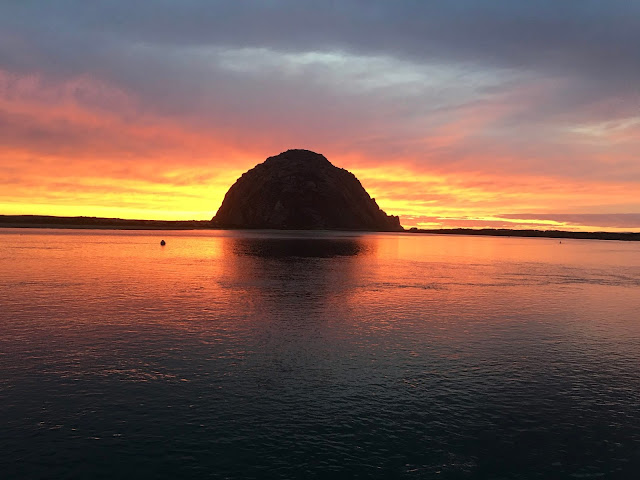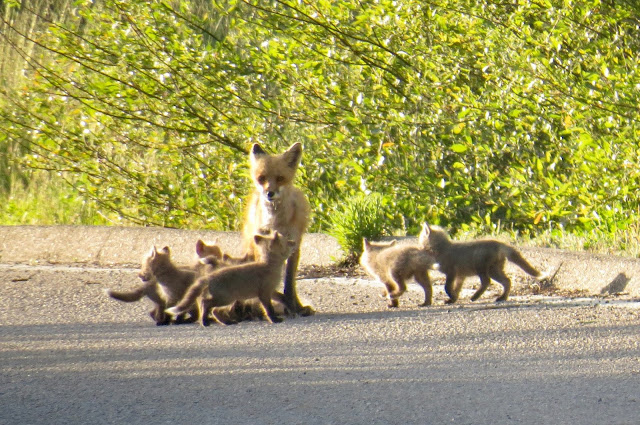"The world is getting through a period of crisis, but whether we look at it as a crisis or as an opportunity to reshape our thinking, depends on us. So use this period as a lesson on how to live life with a concern for all of humankind."
Abhijit Naskar
"Life is under no obligation to give us what we expect." But who would have known that news in the early months of 2020 would be dominated by the pandemic Covid-19 and a new term for all of us..."shelter in place?" And who would have known that our new fashion trends would be wearing gloves and a mask (Yes, we do believe in wearing our mask in public places) and that our preferred scent would be...that of hand sanitizers? Life as we knew it has been turned upside down by fears of the spreading disease, a tanking economy, record unemployment and the "novelty" of self isolation. The emotional tolls that all these issues have caused can be riveting.
Yet, in truth nothing is bringing people together in mass numbers like this invisible threat. We yearn more than ever to see and embrace family and friends. "I" is seemingly being supplanted with us. So now the model of what our way of life was like yesterday, is being changed with the question, how do we conceive and embrace our new world, these new uncharted waters? The natural beauty surrounding us can soothe our trials by providing peace to our inner turmoil. Being able to take outside walks close to "home" offer that therapy.
Fortunately, so very fortunate, this terrible pandemic found us sheltered and alone on the beautiful central coast of California. This Pacific coastline has been our home for almost 23 years, so it is not by accident that we are nestled here. As we have been community and State Park volunteers for over 20 years, deciding to serve a few months as Camp Hosts at Hearst San Simeon State Park was a natural fit when we became full-timers again last year. So yes, it was fortuitous indeed that this year's stint found us here at this time. We've named our motorhome, WeBeGon, but for the the past 5 months it is WeBeHere.
With our park being temporarily closed and very empty of campers since March 25th, wildlife is once again flourishing. Red Foxes and their family of kits have a new den close to us, quail can be seen at every turn, a Great Horned Owl and her two owlets live in the trees above, small herds of deer fearlessly stroll the roads and colonies of rabbits abound.
But even in our Camelot, we feel the fear, pain, suffering and the uncertainty of others. Many days our town looks like a ghost town, as restaurants and retail stores are all closed. We cannot ignore seeing the efforts of parents trying to provide their families with regular meals and shelter. Daily we see the unemployed, the hungry and homeless. More than any period in our lives, we live in a world of many trials and tribulations. We watch with trepidation as our little village tries to safely reopen and deal with the many that wish to visit. We hope for respect, kindness and compassion in this process but often find ourselves combing the trail with our litter picker and bucket.
 |
| Great Horned Owlets alert and vigil |
 |
| Great Horned Owlets fed and asleep |
But even in our Camelot, we feel the fear, pain, suffering and the uncertainty of others. Many days our town looks like a ghost town, as restaurants and retail stores are all closed. We cannot ignore seeing the efforts of parents trying to provide their families with regular meals and shelter. Daily we see the unemployed, the hungry and homeless. More than any period in our lives, we live in a world of many trials and tribulations. We watch with trepidation as our little village tries to safely reopen and deal with the many that wish to visit. We hope for respect, kindness and compassion in this process but often find ourselves combing the trail with our litter picker and bucket.
This is a time where love, courage and commitment rises to the top of our communities. First responders, medical staff, grocery workers, delivery personnel, and mail carriers have become our heroes. So are all those who in every possible way, are finding new means to navigate. We are observing our small town band together to survive...by honoring the health directives of the state (as difficult as it is), providing services to the elderly, continuing to support restaurants via take out service and collecting donations to provide groceries to the less fortunate.
We are witnessing a huge shift in consciousness toward the once simple way of daily living. Over the next year we will need to be fluid, creative and in a mental platform to embrace change. And with thoughtful preparation we are convinced that we will be up to the challenge. As each day winds down, we retire for the evening optimistic that all our combined love, faith and determination will reach a critical mass, empowering all of us to know these hard times will indeed pass.
At Waypoint 35.5836° N-121.1217° W
We are witnessing a huge shift in consciousness toward the once simple way of daily living. Over the next year we will need to be fluid, creative and in a mental platform to embrace change. And with thoughtful preparation we are convinced that we will be up to the challenge. As each day winds down, we retire for the evening optimistic that all our combined love, faith and determination will reach a critical mass, empowering all of us to know these hard times will indeed pass.
At Waypoint 35.5836° N-121.1217° W

























































